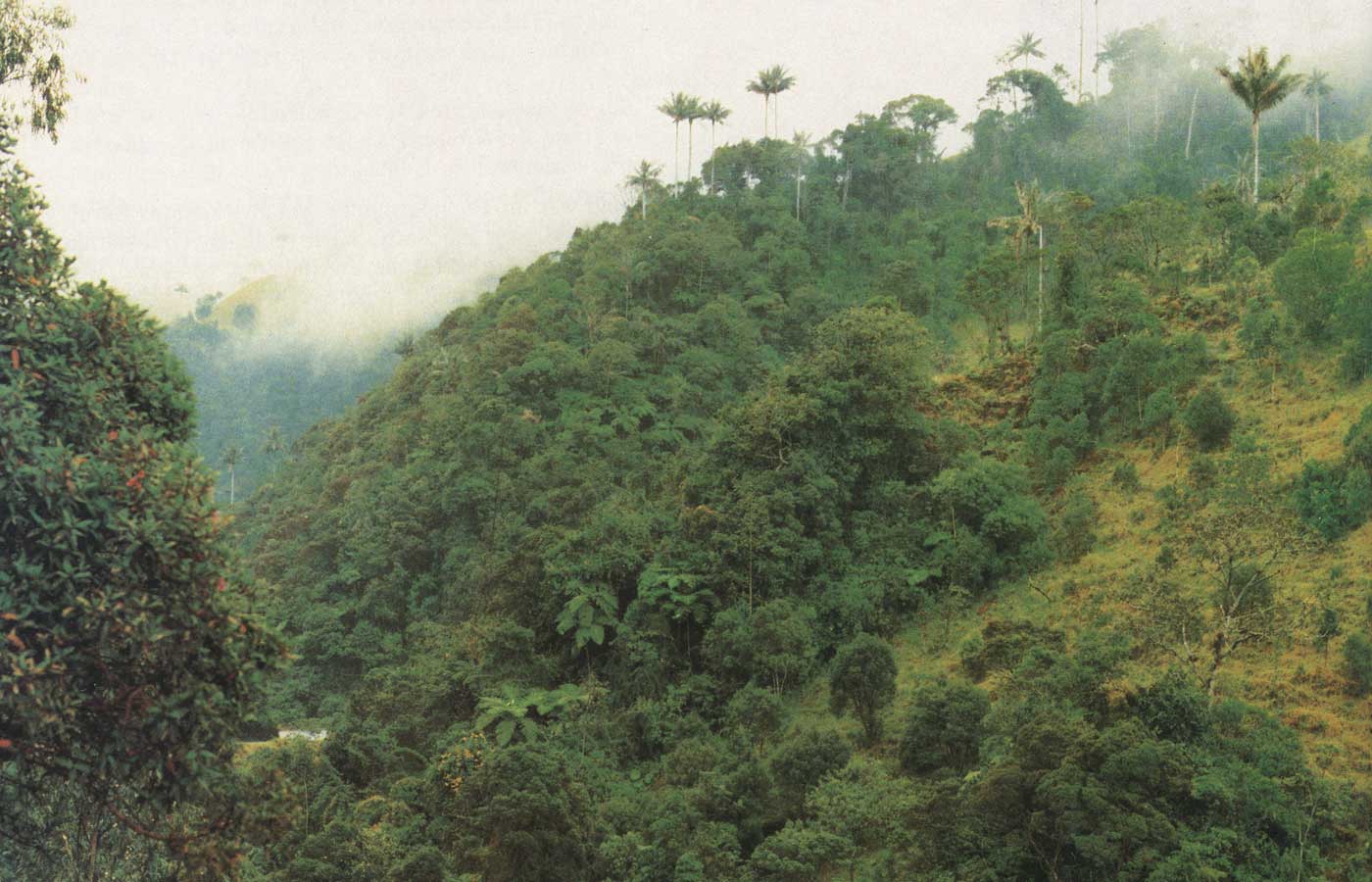
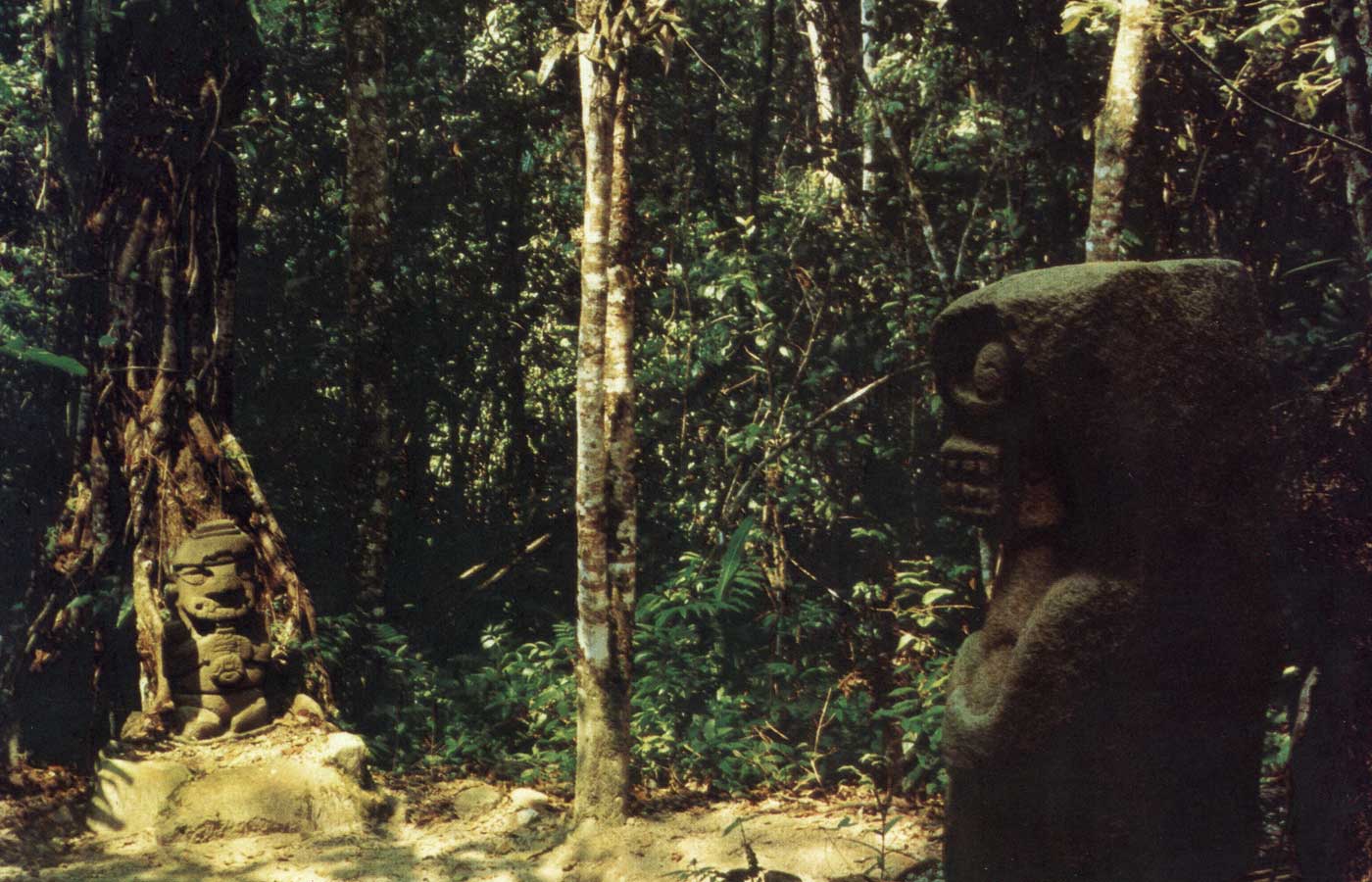
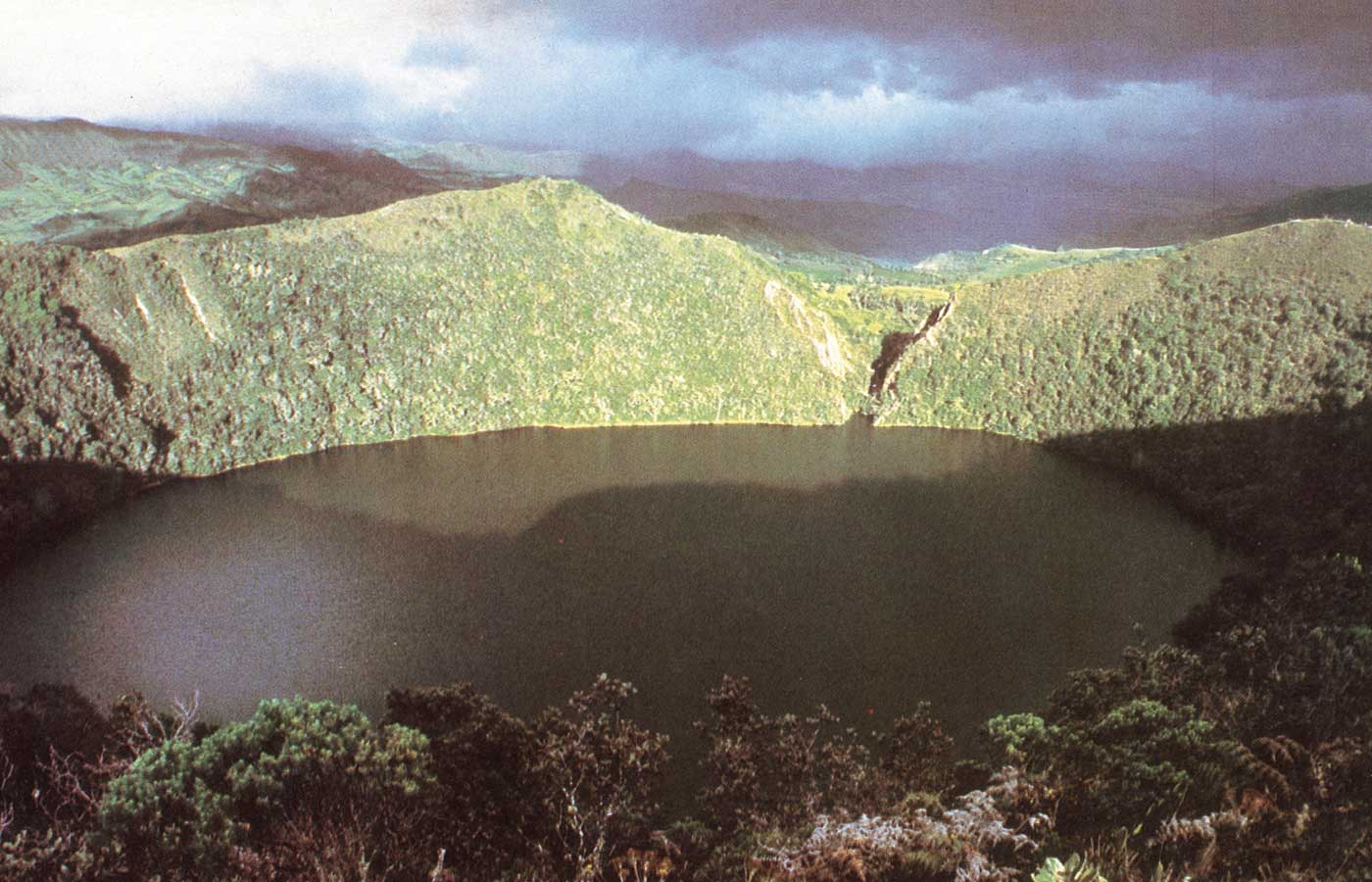

The artistic research exhibition Odarodle - an imaginary their_story of naturepeoples, 1535-2017 casts, for the first time, a postcolonial perspective on the collection and history of the Schwules Museum*. The exhibition proposes a thought-exercise: that there are problematic associations between the museum representation of homosexualities and the ethnological display formats developed over the course of European colonialism. Odarodle presents the work of 16 artists, mostly Berlin-based, including 10 newly commissioned pieces. These contemporary positions respond to the Museum, its archive, and its practices as both research material and aesthetic medium.
Odarodle specifically turns "Eldorado" backwards. As a site of multiple origins, it is a threefold reference: an historical exhibition, a legendary night club, and a colonial myth. Though the commitment of the Schwules Museum* to enable LGBTIQ cultural visibility bespeaks a greater political agenda of liberation, the contemporary relevance of such a (self-) representational undertaking requires revision and reflection. A more expansive, less obvious scale of critical engagement, as proposed by Odarodle, considers the deeper operations within Modernity that have attempted to exhibit forms of life, their bodies, and their habitats. This is where the desire to show the manners and mores of a kind of "people" and their "nature" confronts the postcolonial challenges of the ethnographic museum: a site that has historically sought to visualize the existence of the "Other" and, in doing so, maintains the "Other" as a normative construction.
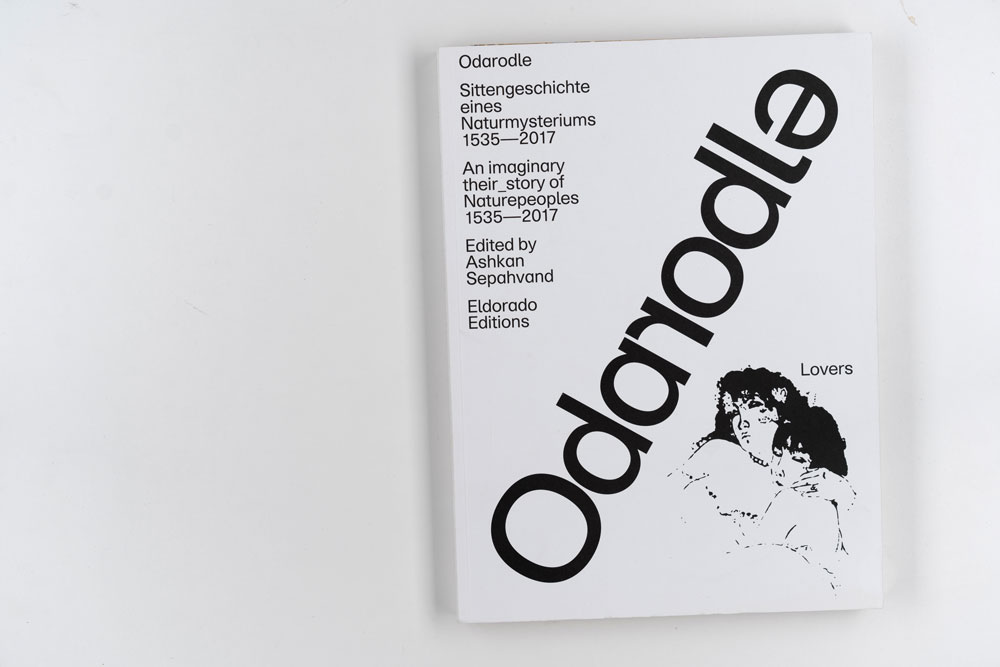
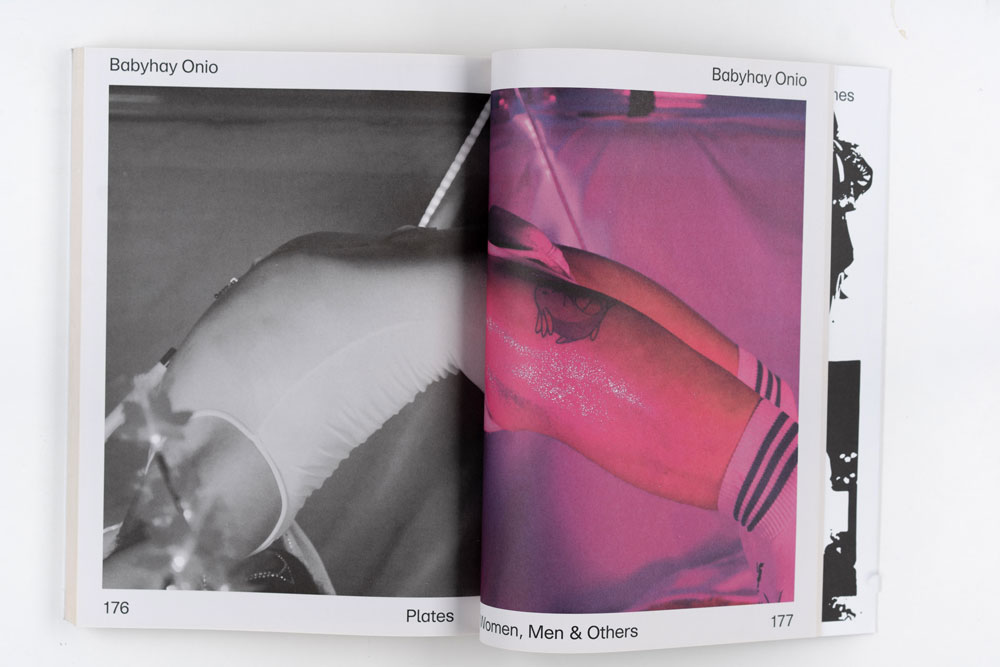
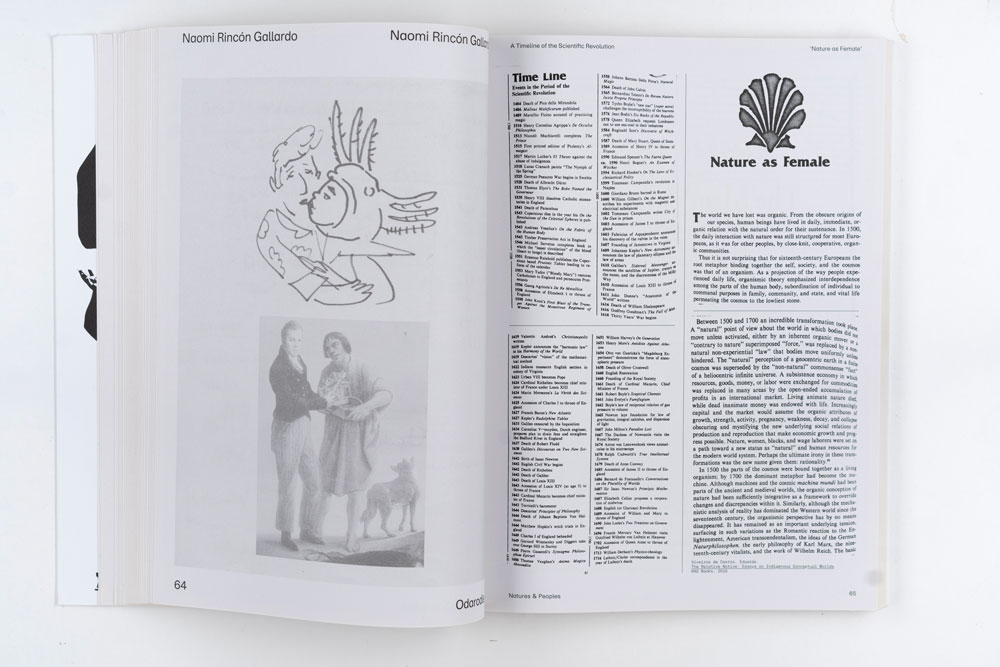
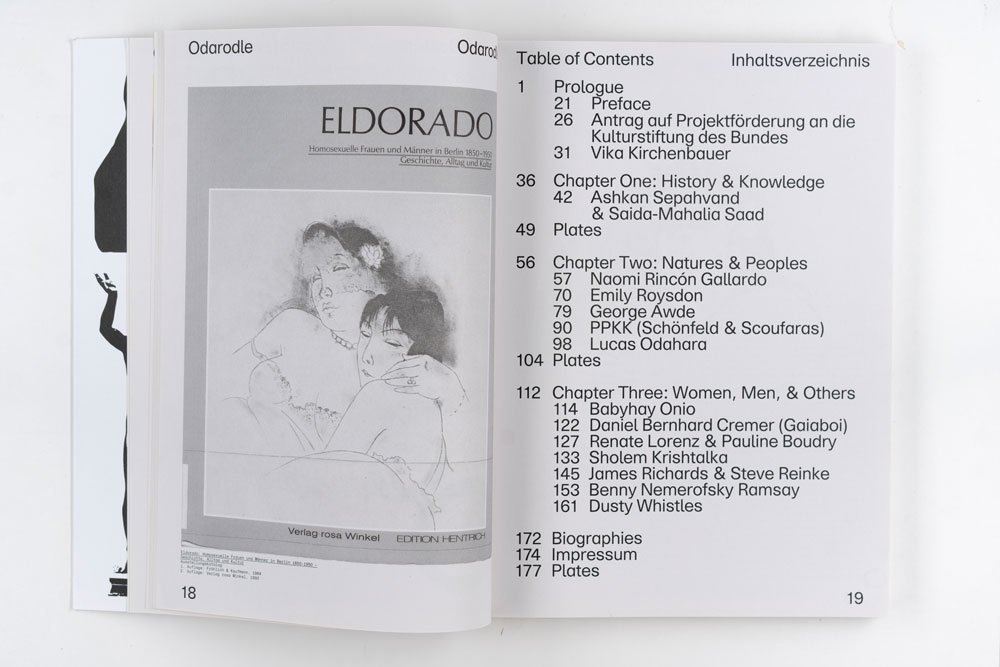

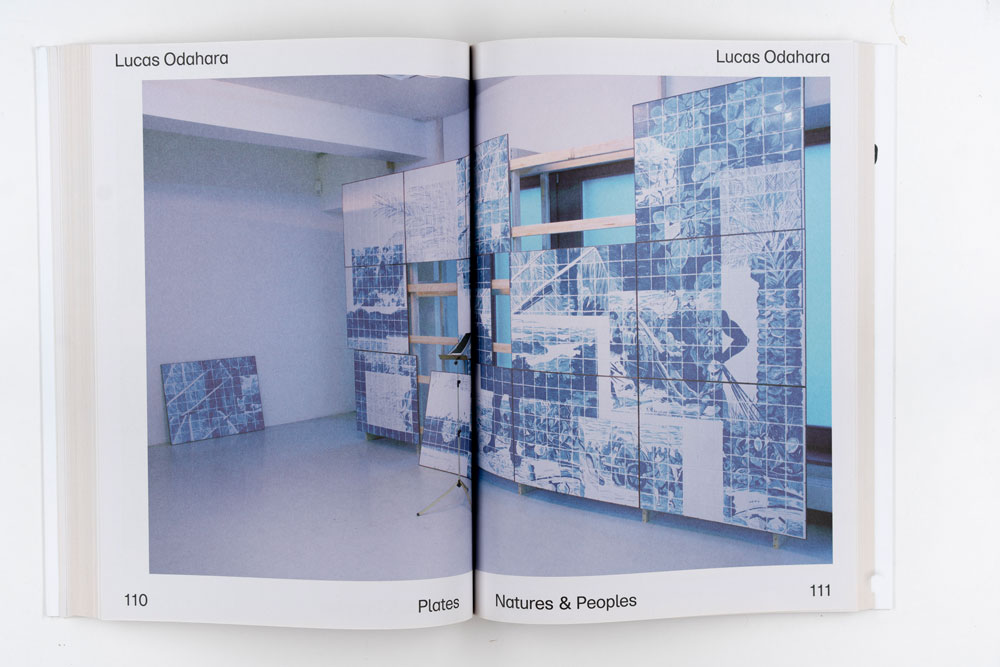
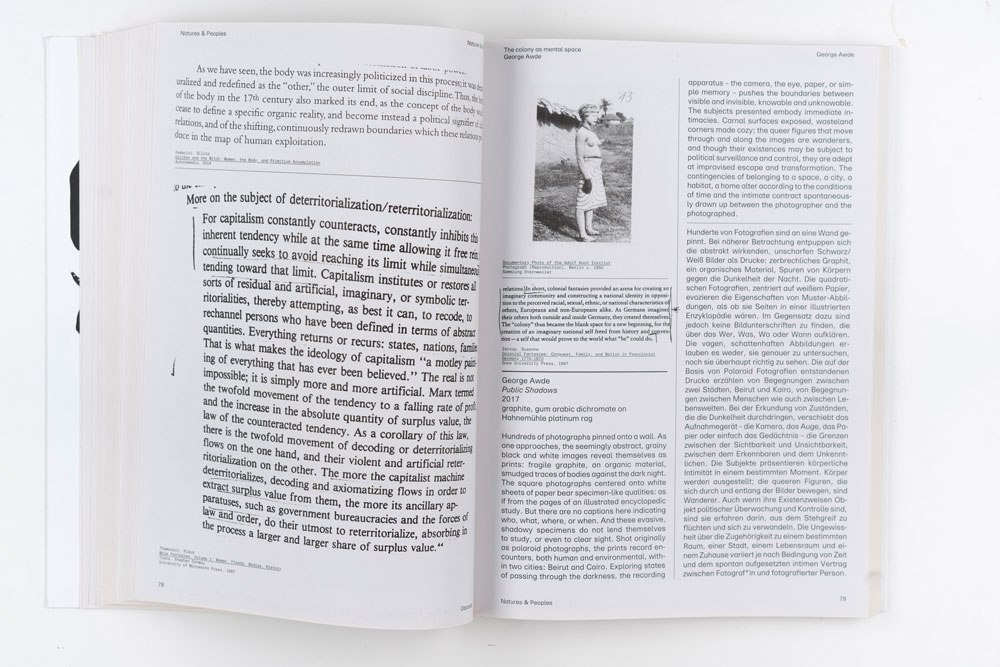
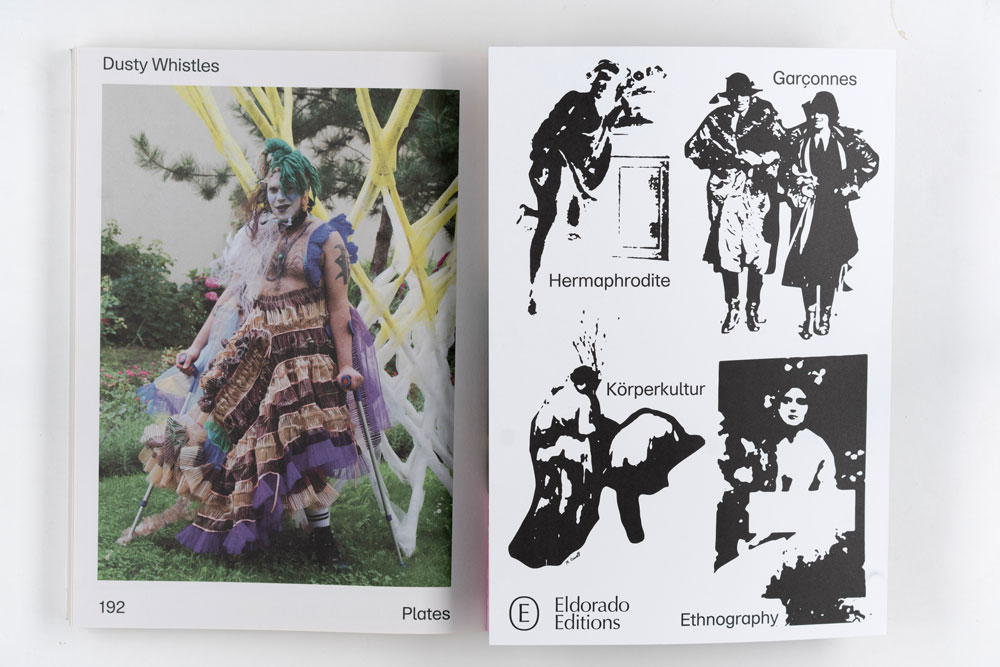
The project's primary point of departure is the seminal exhibition Eldorado: Homosexuelle Frauen und Männer in Berlin 1850-1950 - Geschichte, Alltag, und Kultur, which opened in 1984 at the Berlin Museum in West-Berlin and is considered by the Schwules Museum* as its institutional origin. Starting with a range of legal, medical, and literary discussions on the "nature" of sexuality and the "identity" of same-sex love, the exhibition Eldorado turned its focus onto the cultural and sociopolitical climate of the ‘20s and ‘30s in Berlin. Documents, photographs, prints, and paintings were displayed in vitrines and on thematically-arranged presentation boards, while specific “environments" were recreated with everyday objects to convey atmospheres – the gay boudoir, the lesbian café, the Tiergarten cruising area.
The 1984 exhibition’s title was a reference to the "original" Eldorado cabaret, the first of which opened on Martin-Luther-Strasse in Berlin in 1926, with a second venue established in 1928 on the corner of Motzstrasse and Kalckreutstrasse. The night club was famous for its extravagant "Travestie" shows, where men dressed up and performed as women. The Eldorado was a sexually and politically diverse meeting point, where locals as well as expats would congregate and celebrate. In this sense, Eldorado became a symbolic habitat for the city’s queer natives, soon to be persecuted as "degenerate" – contrary to Nature – with the Nazi rise to power.
Such racism and violence against difference did not emerge out of nothing; it captured and intensified the contradictions of capitalist Modernity, especially within the unstable category of "Nature." What Eldorado ignored, Odarodle picks up on – that the "history of (homo)sexuality" is deeply entangled with concepts of "natural history." This is where the third Eldorado – the colonial myth – comes in. Written about in various European sources from the 16th century on, rumors spread of a lost City of Gold located in the great expanse of northern Amazonia, somewhere along the Orinoco River, inspiring an imperial race for the accumulation of wealth, power, and territory. The beings and environments the colonialists perceived of as unfamiliar were exoticized and eroticized: human and non-human specimens were recorded and brought back to Europe for study, display, and entertainment, whilst the bodies, sexualities, and kinship relations of so-called "nature peoples" were brutally re-inscribed as otherwise, abnormal, primitive, and strange.
Odarodle elaborates on the anachronisms of the three Eldorados, spatially embedding research- based artworks and archival materials into a series of theatrical installations. Rather than taking a didactic approach to narrating cultural histories, this exhibition deploys artistic research as a sensualized form of thinking, one that welcomes multiple perspectives and unresolved questions. What are the problems and potentials of self-representation? What about a future "queer museum," one that is able to (re)imagine the histories of elsewhere and the otherwise in a way that complicates the representation of existences?
Read more:
Exhibtion at Schwules Museum
Showing Without Revealing on Qalqalah قلقلة
Curating Visual Archives of Sex: A Roundtable Discussion